Airlines are at risk of killing their golden goose. Miles motivate customers, but customers need to be able to use their miles. Airlines have gotten better at selling their seats for cash, frequent flyer programs want to retain their margins, and so members get squeezed.
As a result, airline executives call for ‘revisiting the model’ of frequent flyer programs – the model that made them successful, multi-billion dollar enterprises.
That may be inevitable. Air Canada explains how they’re thinking about dynamic pricing, and how it’s coming to partner awards – not just to Air Canada’s own flights, the way that airlines have traditionally thought about these seats.
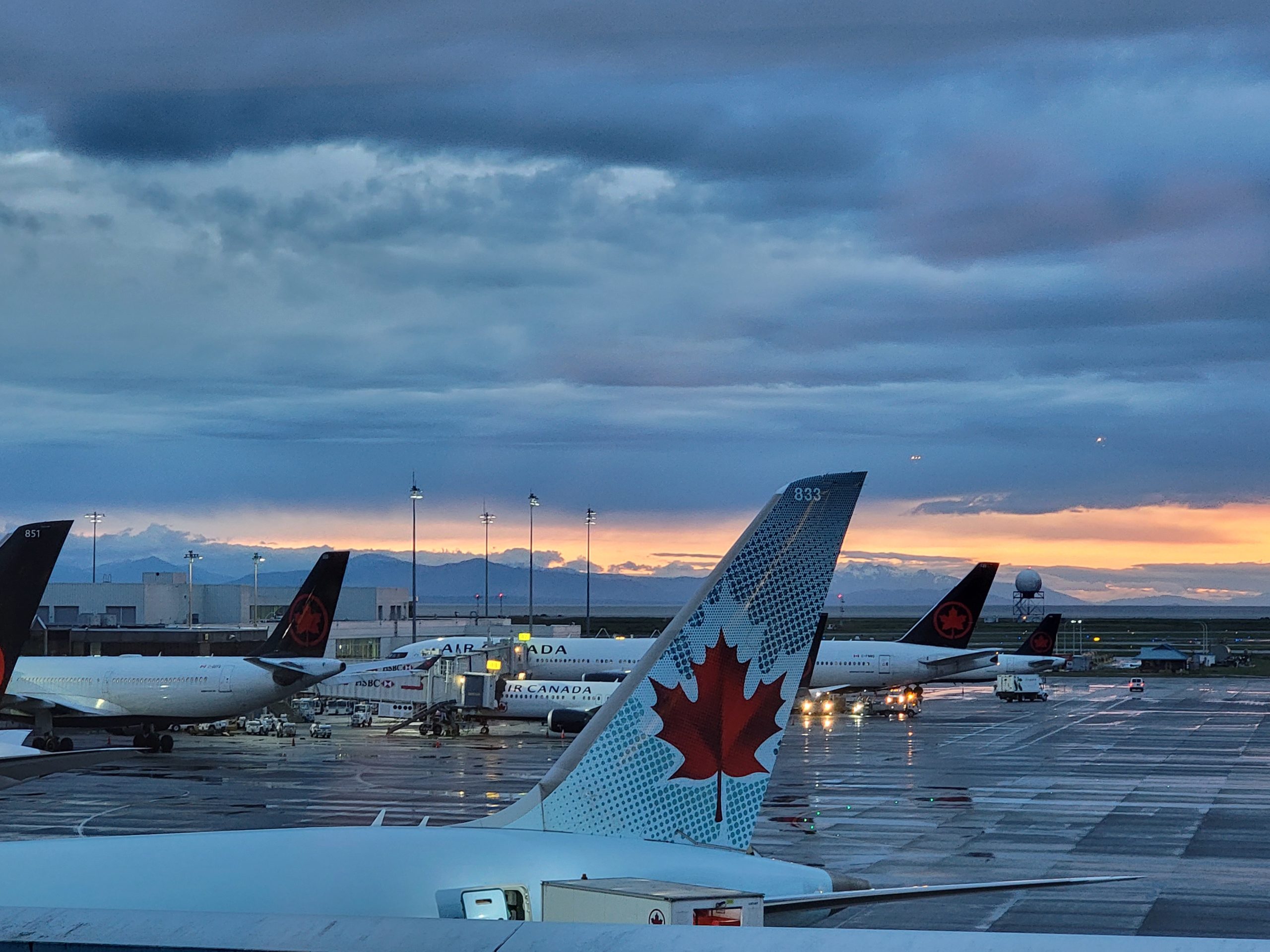
Airlines Have Created An Award Availability Disaster
Frequent flyer programs are the most successful marketing innovation in history. The largest U.S. airline programs are worth tens of billions of dollars. During the pandemic, Delta, United and American each borrowed between $6.5 billion and $10 billion against the future income of their loyalty programs.
Fundamentally, though, they’ve mismanaged the programs and put them in jeopardy. They print more miles, but don’t make more seats available. And that’s led to changes in pricing that disadvantage members – which jeopardizes the value of the programs by turning off members.
When frequent flyer programs began, there were plenty of unsold seats on planes. An airline might fill only two thirds of its seats. And when a seat takes off, the airline can never sell it again. It costs almost nothing to put a frequent flyer in a seat that would otherwise go unsold.
The magic of these programs is that the customer values that seat at close to retail, but the traditional saver award costs almost nothing to provide.
The problem, however, is that there are so few unsold seats these days and so many customers trying to get them.
- Airlines have gotten much better at selling all of their seats. Although there are more seats being flown today than ever, there’s also more demand for travel. We’ve seen consolidation, so fewer airlines beating each other senseless with too much capacity. Airlines are better at adapting their pricing to sell out as well.
- Airlines have printed miles at insane rates. When loyalty programs began, miles were awarded for flights. Airlines quickly took on partners as they realized what they had unleashed – for most companies, marketing is an expense line. For airlines, their primary marketing vehicle is a profit center. The first airline co-brand credit card was the Continental Onepass Travelbank Mastercard from what became HSBC launched in 1986. These have only exploded in the last four decades. Banks buy miles for transferable points programs as well.
With too many miles chasing too few seats, you get a very predictable effect. I first laid out over 20 years ago exactly what to expect.
Think of frequent flyer miles as a currency, with no central bank. Apply the basic monetarist formula, mv=pq. When you increase the supply of currency, holding the desire to spend that currency constant, you either get shortages (no seats available) or price increases.
Air France KLM’s Flying Blue recently raised award prices. The changes weren’t massive, but moving for instance from 50,000 points to 60,000 points one-way as the starting price for business class between the U.S. and Europe was supposed to make more seats available.
When members pay more, the loyalty program can pay more to the airline and get more seats in return. That’s the argument, anyway. But it seems to me that there are still seats that the airline can sell at the older lowest price. It’s more an argument for pricing more seats at 60,000 points or 80,000 points – not for eliminating the 50,000 point price.
Addressing inventory challenges always seems to pair with lowering cost as well. And the temptation is even greater at programs like United’s and Delta’s that have eliminated award charts because they’re no need to even tell members you’ve made their miles worth less. The lack of transparency leads to devaluation.
The Airline Solution Is Dynamic Pricing
Airlines have adapted to this problem of too many miles chasing too few seats by moving away from the traditional formula of cheap saver awards for unsold seats, and in some cases expensive (it used to be just ‘double miles’) to redeem for any seat. It’s been replaced by dynamic pricing.
Airlines charge more points for seats likely to sell for some amount of money. That gives access to more seats so they don’t say nothing is available, but it removes the magical value proposition of delivering top value to customers at low cost.
That’s largely, so far, been a phenomenon for an airline’s own seats while partner awards have been priced in the old model. Airlines make only those saver awards (unsold seats) available to partners at a fixed price. But this is changing.
- With Fiji Airways adopting American AAdvantage as its loyalty program, American has had access to more than just saver awards but at much higher prices. This has been additive, so not eliminating the saver pricing. Most of those seats are too expensive to be useful, but it’s still a sound model that doesn’t take away from the customer (yet).
- As Alaska Airlines added partners, and before they moved to their current distance-based chart, in some cases they too got access to more inventory that they charged more miles for. One example of this was Qatar Airways.
- Air Canada Aeroplan is moving several of its partners to dynamic pricing, like United and Etihad. In order to gain access to award space, Aeroplan has to pay partners like Emirates (which already had a separate award chart) and Etihad more money and so needs to charge the customer more. Air Canada’s close partnership with United is enabling them to access more award space at a variety of price points, presumably in a similar fashion as United offers space on its flights to its own members.
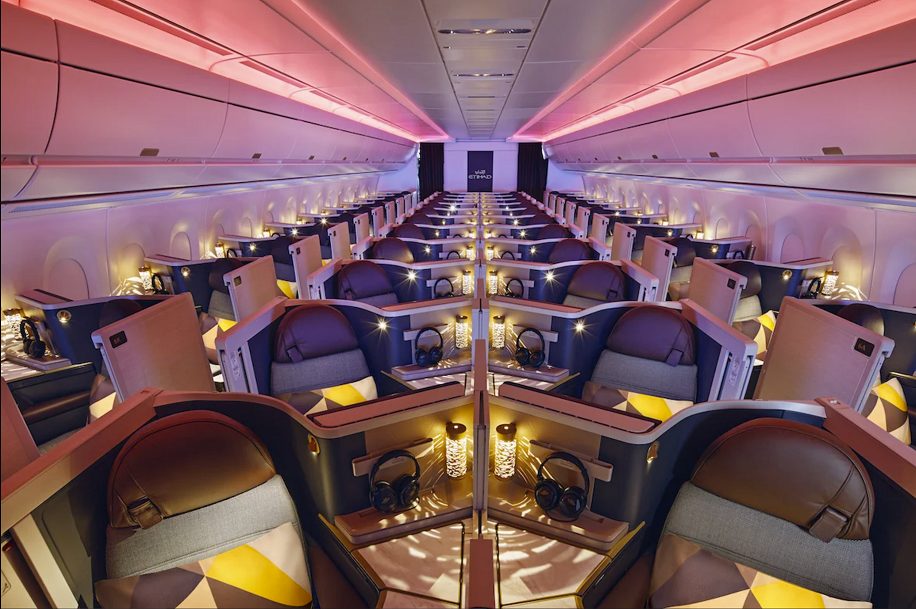
Etihad Business
Airlines Limit Partner Access To Award Seats
British Airways guarantees its members that they will release a certain number of award seats on each flight, when that flight loads into the system nearly a year in advance. Those seats used to be available to partner airlines, but now those are only available to programs using Avios as a currency.
The same has happened with Qatar Airways, which makes award seats available to programs using Avios as a currency and also to JetBlue, but not to other partners like American AAdvantage and Alaska Airlines (usually until much closer to departure).
Etihad has gotten difficult making award seats available to partners, especially premium cabin award seats, except close to departure.
Qantas makes seats available to its own members that aren’t offered to partners, in a way that wasn’t the case prior to the pandemic.
For many years, Lufthansa has restricted first class awards to partners except at the last minute and offered far more space to its own members. And these are just a few examples.
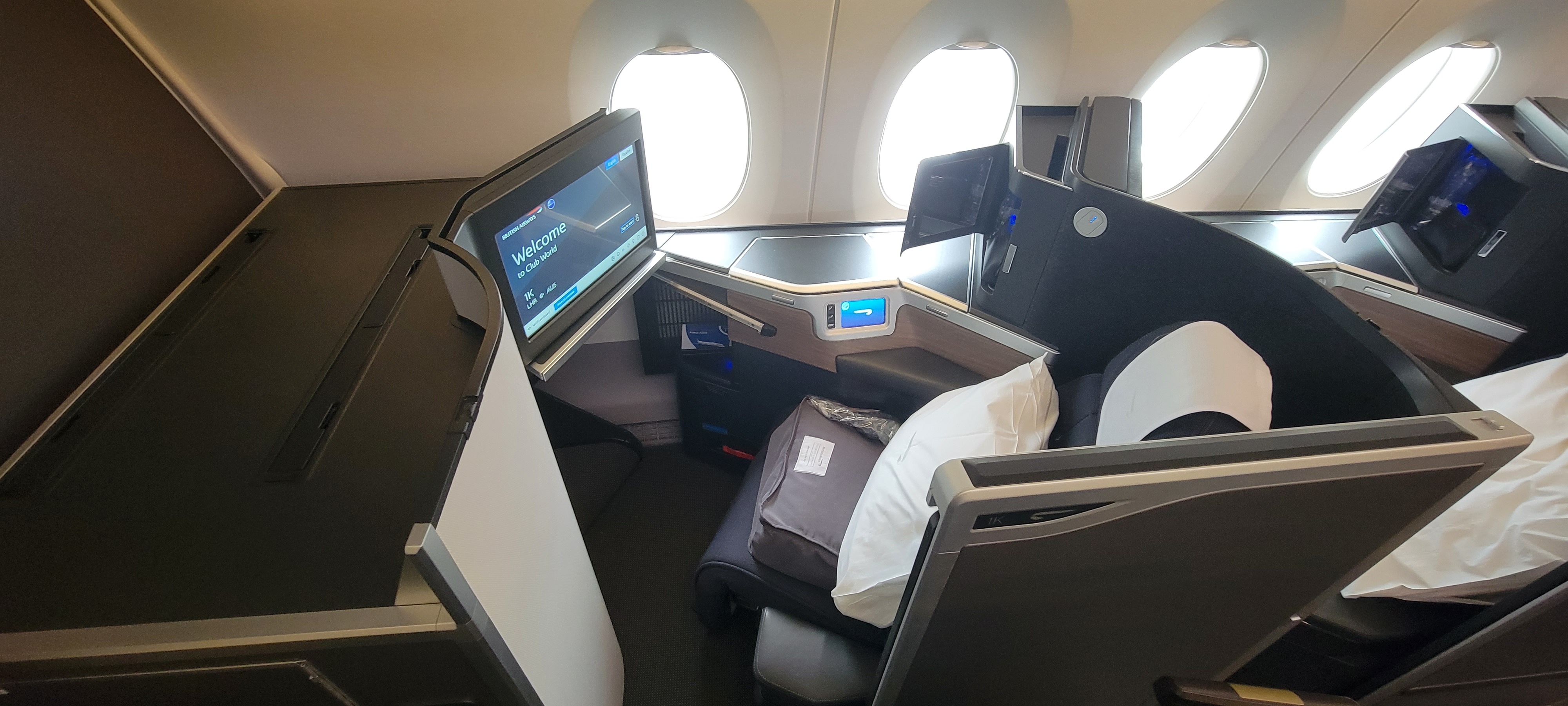
British Airways Business Class
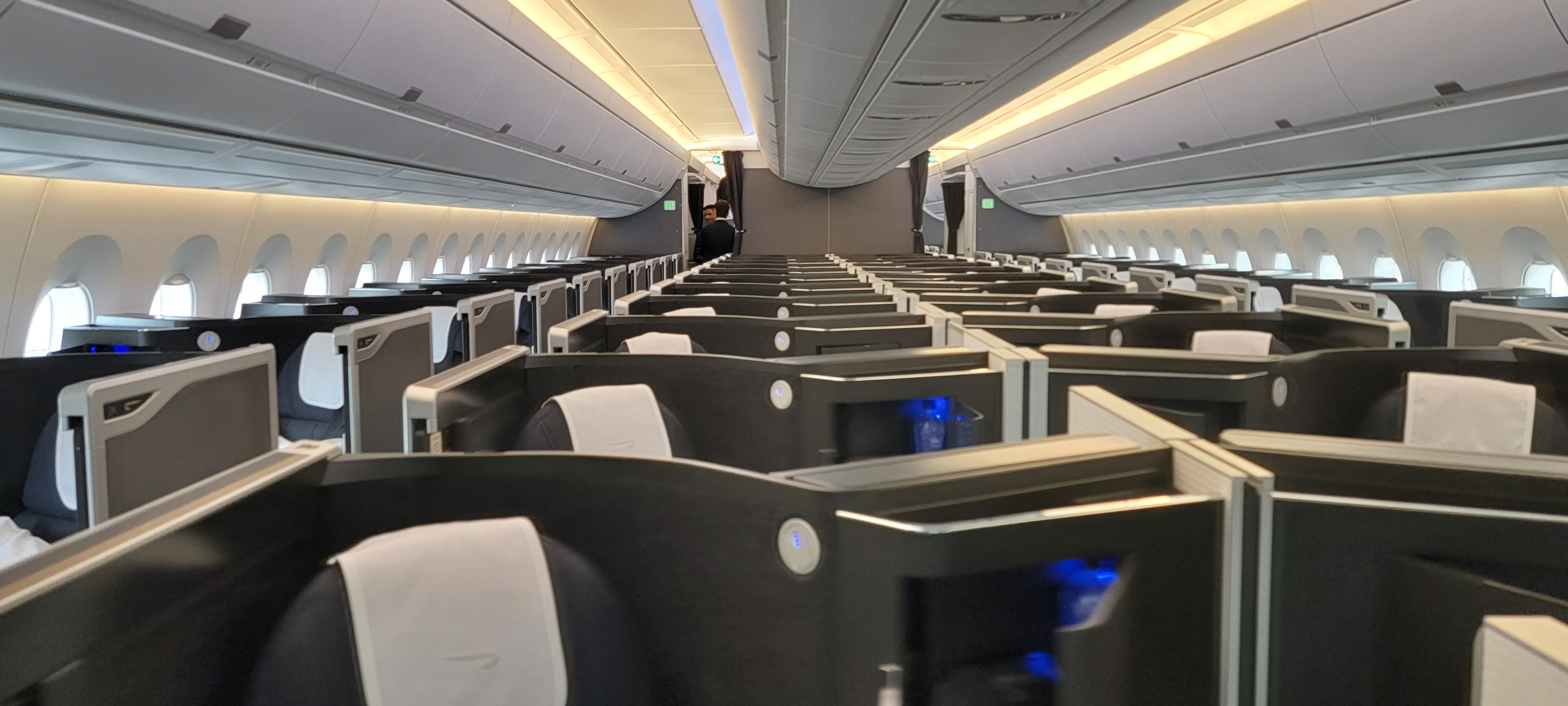
British Airways Business Class
Air Canada Sees The Future As Dynamic Pricing Of Partner Awards
In an interview with Air Canada Executive Vice President Mark Nasr, Nasr explains that they think the dynamic pricing and access to more inventory that they use for pricing Air Canada flights is the way forward although he’s clear that perception of how they do this needs to be carefully managed.
‘It has to be balanced with customer value and transparency,’ he continues. ‘We take (it) very seriously, ensuring changes that we make to the program – and the day-to-day experience that we’re delivering – fundamentally feel fair to customers. ‘You won’t always be able to please everyone all the time. But you need to leave a good taste in people’s mouth that you’re conducting business in a straightforward way, and that you don’t have negative surprises.’
‘If we were to make changes like that, we would do so on the basis that there was commensurate value being delivered by the program. Or something new that wasn’t possible before. Now again, I’d say we’ve been very clear of what we think is best, of what we do on our own metal.’
That is, ‘with prices that change commensurate with the value of the seat. But still wrapped around it, flexible rules, combinations, permutations, et cetera, and a great booking experience. We think that that is the smartest way to go, and thus, that’s what we offer on ourselves. Whenever we’re working with a partner, it’s what the partner thinks (that’s) the most important part of the equation.’
Don’t expect any big changes on this front right away – while they are “actively working on” it, cycles for making changes take 12-24 months at least even for working with a limited number of partners “to experiment with.”
Nasr explains that they’re looking for changes in how they work with partners, but partners sometimes push for changes in how awards work too.
As to why a partner would do that, ‘it could be because they have commercial changes internally, it could be because of regulatory changes,’ Nasr shares. ‘So take something like interchange / swipe fees / credit card discount rates. We have a partner that there’s change in their markets, so their credit co-brand products change. They have to change their award chart, the way in which they accrue miles … so that can drive a change.’
I’m reminded that Qantas massively devalued its award chart when Australia introduced interchange regulation 20 years ago. In order to award ‘1 mile per dollar’ on card spend, each mile had to be worth a lot less.
Airlines also may press for changes in partner pricing – they are devaluing their currency, and it’s awkward for partners to offer their seats for much less than they offer them to to their own members.

Air Canada’s Dynamic Pricing Will Make More Partner Seats Available, But Not Right Away
When Air Canada announced that Aeroplan would move ‘select’ partners to its dynamic award chart, and show the starting price and average price paid for awards (but no longer show maximum price), I expected that this would mean extra inventory for those airlines that were moving to this chart. They even talked about offering “in some cases, deeper inventory levels.”
I figured that might not happen with Emirates, since that already had its own more expensive award chart, and the move just let them obscure the specific higher prices charged for those particular awards. However, it’s quite logical to offer greater availability on United flights at higher redemption prices. It’s helpful, even, especially as Aeroplan appeals to U.S.-based members with credit cards – allowing them to include more United connections, for instance, to Air Canada long haul flights.
However, the airline tells me that the extra available “is the case with our Canadian regional partners” and they will add “1-2 others..next year.” I still think that means United, and possibly Etihad. But they are moving these airlines to the dynamic pricing chart March 25 of this year.
Elites and co-brand cardmembers will receive ‘discounted redemption prices’ for all airlines on this chart. That’s great for those members, even looking to redeem for United, Etihad and Emirates. The flip side is that – since the economics works for the program on those redemptions – members without Aeroplan status or a co-brand card pay a redemption tax for these awards.
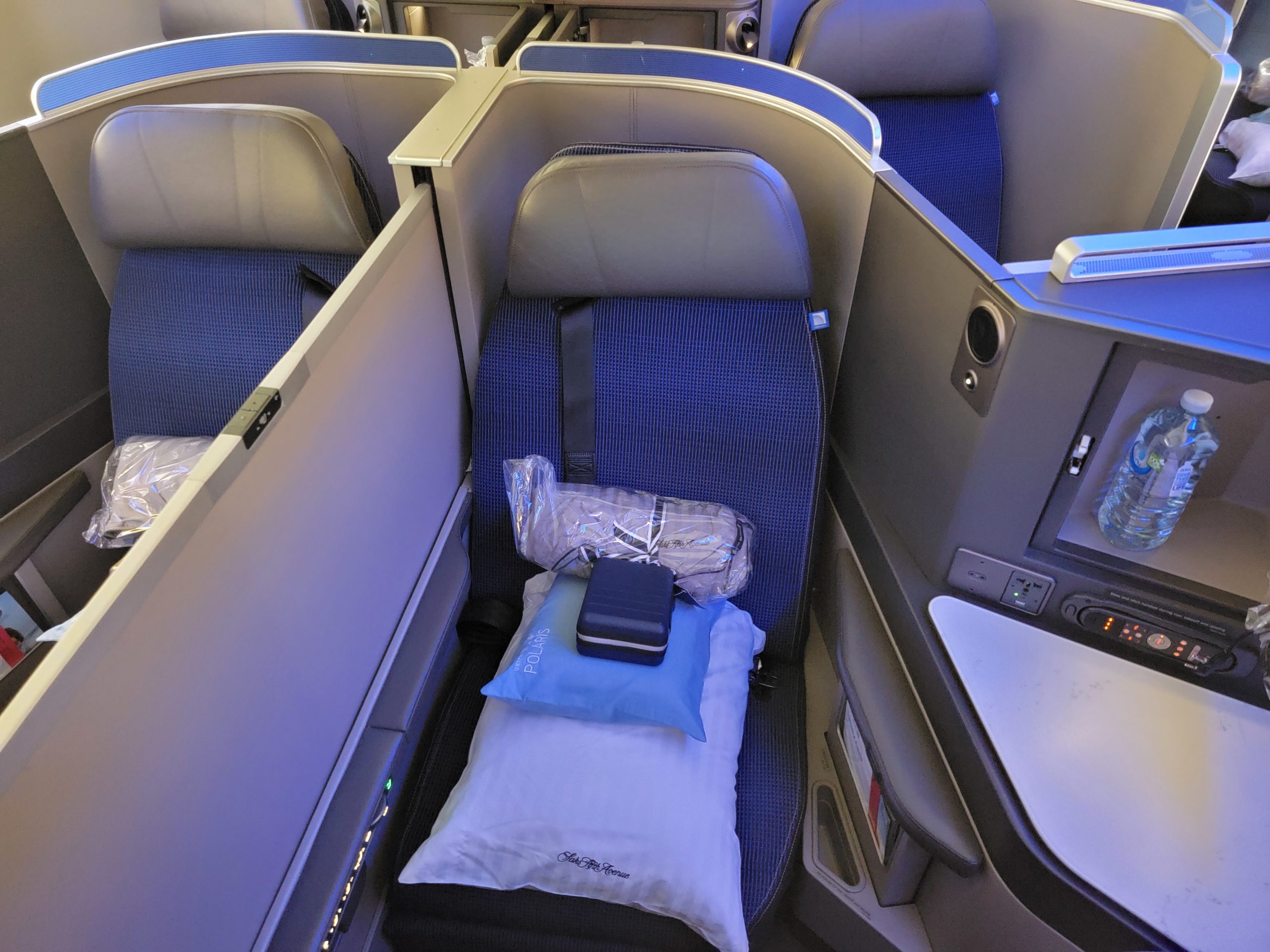
United Business Class
Dynamic Pricing Is A Makeshift Solution To A Bigger Problem
When the frequent flyer program needs to spend more money to buy the seats that members expect, the cost the program charges members is going to be higher. At the same time, when U.S. loyalty programs report operating margins of 39% – 52% it’s not unreasonable to think those are simply unsustainable. If they try to prop up margins, they’re going to overcharge members and push those members away!
Ultimately the challenge comes, I think, because airlines aren’t properly factoring the profitability of loyalty programs into their calculation and are overcharging the programs for seats, and failing to take points demand into account when planning schedules and growth. Increasingly those points come with significant profit to the airline!
Relatedly, the accounting for frequent flyer seats creates bad incentives. When an airline ‘buys’ miles to give to flyers for flights, those come at significant cost. Accounting rules (ASC 606) require the airline to put aside the market value of future transportation as a liability on its books. However when airlines sell miles to third parties (mostly banks) they recognize most of the money immediately, and set aside far less.
Roughly speaking, an airline might incur 1 cent per mile in liability for future transportation when awarding it for flying and just 1/8th of a cent when it’s earned via credit card. Redemptions of credit card points, then, show a ‘loss’ to the program because they’ve recognized too much revenue up front – and the program wants to charge more points for the flights it needs to buy to satisfy members.
This is all a complex calculation that stems – first and foremost – from too many miles chasing too few seats, and the knock-on effects of trying to manage member expectations, and deliver enough value not to chase members away.
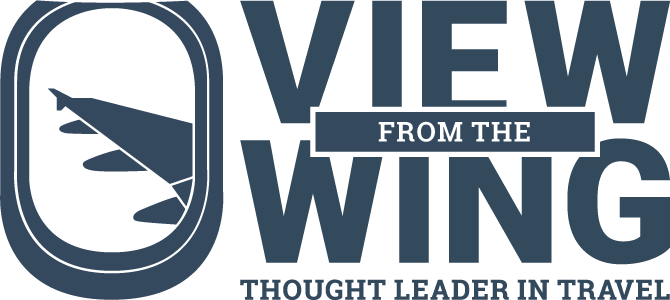

How soon are customers going to leave Chase and Amex for BofA and USbank?
The math is simple: if the value of a mile (points) falls much below 1.5 to 2.0 cents per mile, it no longer makes sense to accrue miles in the first place. Because at that point (pun intended) you are better off with a 5% cash back card.
In short, airlines can devalue their miles all they want and create dynamic, hyperinflationary prices. It just means they devalued themselves into extinction.
@ED,
The average US airline loyalty program consumer has proven to be surprisingly DUMB thus far. A prime example is Delta Skypesos and the fact that Delta and it’s “peso” miles continue to thrive. The hotel & airline programs have pulled off a coup by introducing complexity to obfuscate the diminishing value of their programs and gotten away with it for the most part. Yes the savvy users move away, but they are an extreme minority that hardly moves the needle. Frankly, we (this blogs readers) are not even be desirable target customer as we maximize our returns in these programs.
…what’s on the horizon? Cashback & bank reward point cards will rule among the savvy consumers. The oblivious masses will continue receiving $0.005 or less returns per $1 spent and be happy to get their $300 domestic flight paid for after spending $60,000 and be grateful the 1st checked bag was free with their branded credit card.
You left out Air France who just a little over a year ago, made lower priced J tickets available only to pull the rug out from under that last month.
Gary, Thanks for the addition of the liability discussion as I have been searching for some dialog around this specifically in regards to how the Loyalty programs are increasing points usage costs to customers (devals) which at first glance would suggest people would continue to earn more and burn less causing more liability to the airline sold seats.
this point drove it home for me: “Roughly speaking, an airline might incur 1 cent per mile in liability for future transportation when awarding it for flying and just 1/8th of a cent when it’s earned via credit card. Redemptions of credit card points, then, show a ‘loss’ to the program because they’ve recognized too much revenue up front – and the program wants to charge more points for the flights it needs to buy to satisfy members.”
Efficiency consulting always f’s up loyalty – not just in travel but in all customer engagements. Bottom line has and will always drive process, its just now at a point where businesses are having to go back and re-hire the same efficiency consultants to address the loss of repeat customers while at the same time adding higher customer acquisition costs to fix the problem. Enter Dynamic Pricing as the defacto answer to all these problems – we’ll just adjust-on-the-fly.
It shouldn’t be a surprise as all industries are moving towards a SAAS/ Pay as you go model.
I am very interested in how this impacts depreciation of unused miles over time. If they continue to increase miles spending prices and people aren’t spending those miles, this appears to devalue the miles that way as well. What is their answer to this?
Other than Hyatt, are there actually any programs left not devaluating their points? Seriously. It feels like they all colluded to screw over their customers. Or, is it that their customers are the shareholders, not the passengers–probably this. Darn.
The discounted prices for card members and elites are to the tune of like 3k per 300k ticket.
AC has to do something. They sell miles so cheap (as touted by all blogs) that something had to give.
First came blocking of some partners, EY, NH, CA, TG come to mind, now it’s this.
The alternative would be total gutting like lifemiles or worse, Delta.
“The first airline co-brand credit card was the Continental Onepass Travelbank Mastercard from HSBC launched in 1986.”
Errrr…wrong. Three strikes and you’re out.
It was never Continental Onepass [sic] Travelbank [sic].
It was Continental Travel Bank, which later merged with Eastern’s program into OnePass.
It was Marine Midland Bank, not HSBC.
@HSBC acquired Marine Midland Bank
@Gary – Nice article with top notch analysis. After reading it twice the one thing I’m not seeing is a course of action to fix the problem. The closest I saw was when you implied that airlines will just have to take a haircut on the margins they get from selling miles and presumably pass that value back to the customer. Am I missing something else?
@ Gary — Would you like to pay a game? The only winning move is not to play.
@Gene — What is this Sun Tzu? ‘Know yourself and you will win all battles.’
Great analysis, Gary! Thank you!
I burn any miles accumulated as soon as I reasonably can because they will be worth less in the future. I also get significant amounts of cash back on credit cards because taking miles or points instead takes a set quantity and makes it subject to devaluation.
@jns — This is the way.
Don’t hoard points. I am so over the devaluations. How many more times do we need to get ‘Bonvoy’d’ before we learn this lesson? I like Delta, but it shouldn’t cost 1-2 million SkyPesos for roundtrip DeltaOne to Europe from North America. What’s an IHG point worth, today? Like 0.4 cents per point? Oof. When I process this, I feel like Mr. Panucci from Futurama: ‘C’maaan!’
I just wanted to thank you for a really comprehensive analysis and insight into the frequent flyer points market. I am a big Aeroplan points holder so this is useful to me.
@1990, Hyatt devalues all the time. Pay attention to the award charts and the annual category changes: the number of hotels moving up in category always greatly outnumber those going down. Many hotels have moved up 2-3 categories in a relatively short period of time.
The key thresholds of cat 4 and cat 7, where you can use certificates for free nights, have devalued to the point where cat 4 certs only get you the most basic of properties, and cat 7 excludes the most desirable luxury hotels. In the not so distant past, cat 4 had a great selection of mid-tier hotels and only a tiny number were excluded from cat 7. The value of these certs has plummeted.
I would suggest that the only award currencies that haven’t massively devalued are those that peg their value to the price of the ticket: Southwest, JetBlue, etc. Of course, inflation has done the work for them, and there never was a way to get outsized value out of these programs. One could argue that inflation is also behind the point devaluation of all of these programs, except that the changes are far greater than the rate of inflation. Which brings us back to Gary’s point: the demand for points and award seats had grown more than monetary inflation, leading us to this mess…
@Darin — Yes, but Hyatt still has meaningful award charts, which is wonderful–most of their competitors have adopted dynamic pricing at-large.
I, too, follow the shifts in category levels, as I want maximum value for my annual Chase card’s free night awards, the occasional spend-related free night awards, and even the ‘brand explorer’ ones–there are just less-and-less ‘great’ options for categories 1-4. It really seems like you have to go overseas to enjoy great return for those free nights, which is not feasible for everyone. Like, are we really going all the way to Montenegro, Cape Town, or Bali every year just for Hyatt certificates? (Maybe, I donno, some folks probably have family or friends there.)
Still, it’s not the ‘end of the world’–by contrast, the recent what appears to be a 50-100% devaluation at Marriott in the past few weeks–that was not surprising, just very disappointing.
As for the airlines, I somewhat agree on WN and B6, but their points were usually tied to cash value as it is. Like, jetBlue has been consistently ‘1 cent per point,’ and maybe you save a ‘little’ (10%?) over using cash/card on an points booking, but nothing dramatic. That said, as far as B6 transfer partners are concerned, I still find it quite annoying that Amex charges the silly ‘excise’ fees and doesn’t do a 1:1 transfer (250:200)–that’s lame. (Not exactly on-point, but I can’t resist.)
On inflation, if it took down the Roman Republic, it can take us out, too. We are addicted to ‘growth’ and ‘profits over people’ so naturally these companies drift into ‘too big to care’ territory, where the actual customers are the shareholders, not the passengers or hotel guests. We likely would have to experience another global catastrophe to reset things. To me, that’s just not worth it, but I don’t get to decide, and it may happened regardless. That said, we need to adapt if we want to continue. I still enjoy this hobby of points and miles–‘the game’–hope you do too.
Cogent and necessary analysis. Thank you. Any clues about when NH will be added to AC’s dynamic pricing?
To think it is a “disaster” is naivete of the highest order.
This is planned and executed to perfection.
Rubes got got.
Air Canada for more than a decade has been charging extreme ‘fuel surcharges’ on its own flights when Aeroplan customers are redeeming points, driving Aeroplan holders to partner airline seats that require the same number of points but much less cash to book for a given route. I’m surprised they haven’t already been kicked out of Star Alliance.
It’s a big shell game. The only question is when not if the sweet spot awards disappear. Once this occurs, people will stop earning Chase and Amex miles and simply switch to 2%+ cash back cards. And then it is game over for the airlines and the banks.
Dynamic pricing is nothing but ripping people off of miles they have accumulated. With Air Canada, a one way trip from Vancouver to London Heathrow required only 110,000 air miles, with the new system it requires up to 300,000 miles. They have made the air miles useless for their long standing customers who fly business all the time. I am now using different airlines instead of Air Canada after traveling with them with over 1.5 million miles. Sadly, Air Canada has become one of the worst airlines to choose to travel.
I honestly have mixed feelings.
UA award availability in business class has traditionally been very hard to come by in my experience. This definitely opens more options. But at what cost?
Dynamic pricing has definitely made it tougher for travelers to score award seats at reasonable redemption rates. As more airlines shift in this direction, maximizing miles is becoming a real challenge!